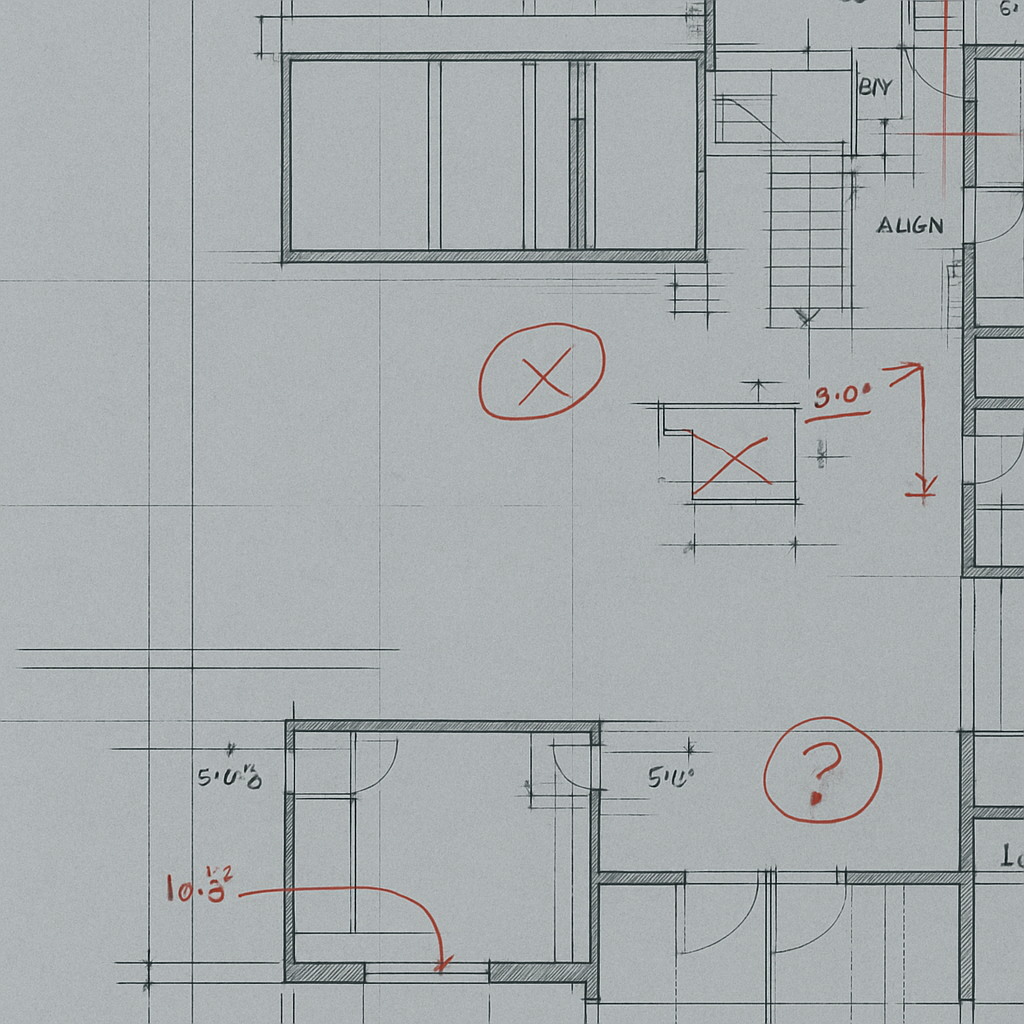Understanding the ROI behind automation in Building Information Modeling (BIM) and how it’s reshaping cost structures in AEC projects.
Introduction
The Architecture, Engineering, and Construction (AEC) industry has long grappled with productivity challenges. Traditional methods, characterized by manual processes and fragmented workflows, often lead to inefficiencies, errors, and escalating costs. Enter Building Information Modeling (BIM)—a digital revolution that’s not only enhancing design and construction processes but also delivering significant cost savings through automation.
The Productivity Imperative in Construction
Despite being one of the world’s largest industries, construction has lagged in productivity growth. According to McKinsey & Company, from 2000 to 2024, construction productivity grew by a mere 0.4% annually, compared to 2% in the total economy and 3% in manufacturing. This stagnation underscores the urgent need for transformative solutions like BIM automation.
The Financial Drain of Manual BIM Work
Every architect and BIM manager knows the drill: long hours spent on documentation, iterative QA/QC cycles, and constant back-and-forth to fix model inconsistencies. But what’s often overlooked is just how costly this manual workflow is.
Let’s break it down:
- Documentation consumes 30–40% of total project delivery time in the design development and construction documentation phases.
- Repetitive manual work—such as tagging elements, adjusting views, annotating sheets, or applying standard details—takes up a substantial portion of skilled professionals’ time.
- QA/QC efforts often require multiple team members reviewing, marking up, and correcting drawings—often late in the game, increasing the cost of change.
Consider a mid-sized architectural project:
- 4–5 team members
- 12–14 weeks of active design documentation
- Combined 300–500 hours on documentation tasks
- Estimated cost: $36,000–$75,000, based on average hourly rates of $120–150 for BIM and architectural staff
And that’s not accounting for the hidden costs:
- Rework due to human error
- Delays from coordination issues
- Burnout and turnover from overextended teams
Where BIM Automation Creates ROI
BIM automation focuses on reducing the volume of manual work through rule-based or AI-enhanced systems that:
- Automate repetitive tasks (e.g., placing finish tags, generating views, populating sheets)
- Apply company or project-specific standards
- Flag potential errors earlier in the process
- Speed up model validation and handover documentation
The ROI emerges from four key areas:
1. Time Saved
Automated tools can reduce documentation time by 40–70%, depending on the project size and complexity. For instance:
- If a team typically spends 400 hours on documentation, automation could cut that down to 150–200 hours.
- This alone can save $30,000+ on a single project.
2. Reduced Errors and Rework
In traditional workflows, errors often surface late—when drawings are being issued or during construction. Automated QA/QC systems can detect inconsistencies in real-time, reducing:
- RFIs (Requests for Information)
- Costly change orders
- Risk of construction delay
Studies by Dodge Data show that design rework can account for 5–15% of total project costs. Even a 50% reduction in rework pays dividends.
3. Consistency and Standardization
Automation enforces standards more reliably than humans can. This ensures:
- Deliverables are consistent across sheets, models, and teams
- External consultants receive cleaner packages
- Less time spent on coordination calls or back-and-forth with engineers
4. Productivity Uplift
When you eliminate repetitive work, you unlock more strategic output:
- Senior architects spend more time on design intent
- BIM leads focus on improving processes, not firefighting errors
- Junior staff ramp up faster with intelligent tools guiding their workflow
This not only boosts productivity but also supports employee retention, as teams work on higher-value, more fulfilling tasks.
Benchmarking the ROI
To make this practical, here’s a simplified ROI calculator you can use to estimate savings:
ROI = (Time Saved × Hourly Rate × Team Size) – Cost of Automation Tool
Let’s say:
- Your team saves 150 hours
- Hourly rate = $130
- Team size = 3→ Savings = $58,500 – Tool Cost
Even for small projects, the payback is fast. For large or repetitive work (like housing developments, offices, or healthcare facilities), ROI scales exponentially.
Why Now?
The AEC industry is at a tipping point:
- 70% of architects now use BIM in some form (NBS, 2023)
- Firms are being pushed to do more with less due to labor shortages and tight timelines
- Clients are demanding faster delivery and better coordination
As a result, we’re seeing a shift from BIM as just a modeling tool to BIM as a workflow platform, with automation and AI driving efficiency.
The next frontier is not whether to automate—it’s what and how much.
Implementing BIM Automation: Best Practices
To maximize the benefits of BIM automation:
- Invest in Training: Ensure that staff are proficient in BIM tools and understand automated workflows.
- Standardize Processes: Develop standardized templates and protocols to streamline automation.
- Integrate Stakeholders: Involve all project participants early to foster collaboration and buy-in.
- Continuous Improvement: Regularly assess and refine BIM processes to adapt to evolving project needs.
Final Thoughts: Start with What Hurts the Most
If your team is struggling to keep up with documentation, coordination errors, or burnout from low-value tasks—it’s time to rethink how work gets done.
You don’t need to automate everything at once. Start with high-volume, high-effort areas like:
- Finish schedules
- Sheet generation
- Model population
- QA/QC checks
The ROI will reveal itself quickly.
Curious what your numbers look like? Get in touch —we’ll help you estimate your potential savings based on your real project data.








